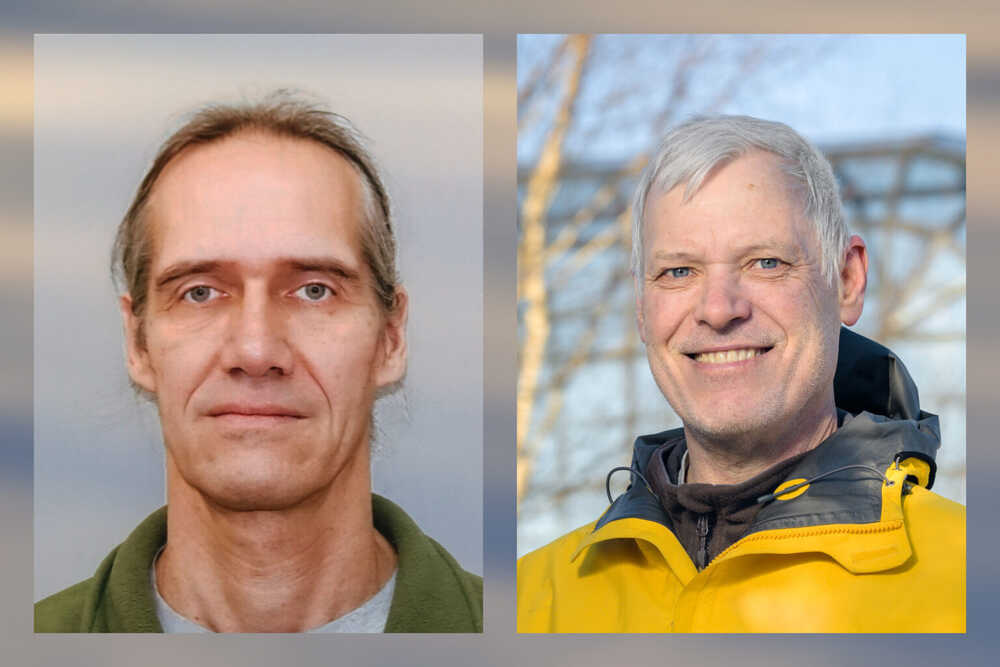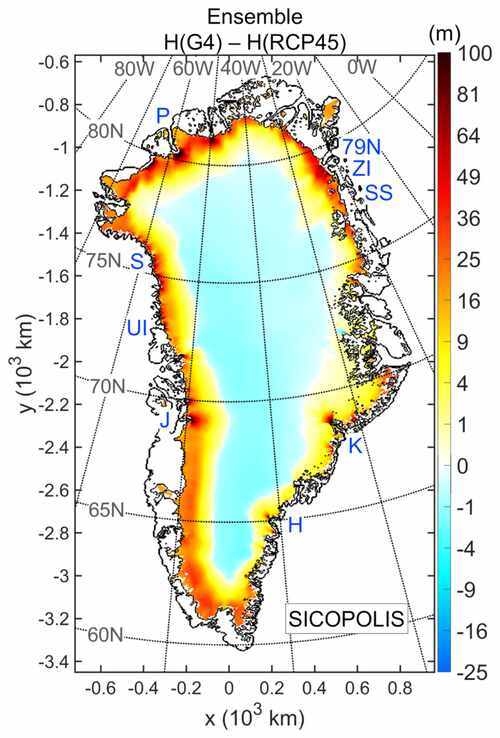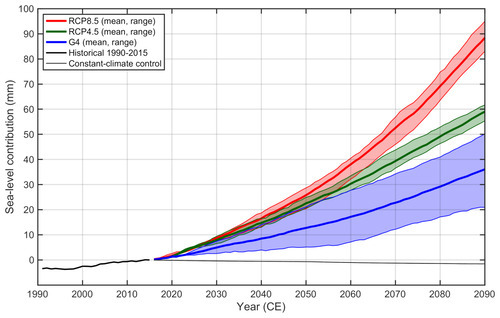Geoengineering may slow Greenland ice sheet loss, but scientists are skeptical

A recent study suggests that geoengineering might help slow the loss of the Greenland Ice Sheet, which could potentially reduce the rise in sea levels caused by ice melt. The study, led by Professor John C. Moore and Professor Ralf Greve, used supercomputer modeling to examine the impact of a geoengineering technique called stratospheric aerosol injection on the Greenland Ice Sheet. The technique involves adding aerosols to the stratosphere to increase the Earth's albedo and create a cooling effect. 
The study found that adding five million metric tons of sulfur dioxide to the stratosphere each year could limit ice loss to around 37.6 millimeters of sea-level rise, compared to the 90 millimeters projected under the worst-case scenario. However, scientists have warned that geoengineering is a highly contentious topic and more research and diverse perspectives are needed before considering such interventions. 
Critics argue that geoengineering diverts attention and resources away from the urgent need to reduce greenhouse gas emissions and address the root causes of climate change. Moreover, the potential unintended consequences and ethical implications of altering global weather patterns are concerning.
While the study provides valuable insights into the possible effects of stratospheric aerosol injection, it is essential to approach these findings with caution and consider the broader implications of climate interventions. Ultimately, a wide range of mitigation strategies must be explored, and a sustainable, holistic approach prioritized to address the root causes of global warming.
POPULAR
- NASA predicts the Sun's corona behavior, revealing its mysteries using advanced computational methods
- Australia on track for unprecedented, decades-long megadroughts: Supercomputer modeling raises concern
- Revolutionizing precision agriculture: The impact of Transformer Deep Learning on water, energy demands

 How to resolve AdBlock issue?
How to resolve AdBlock issue?